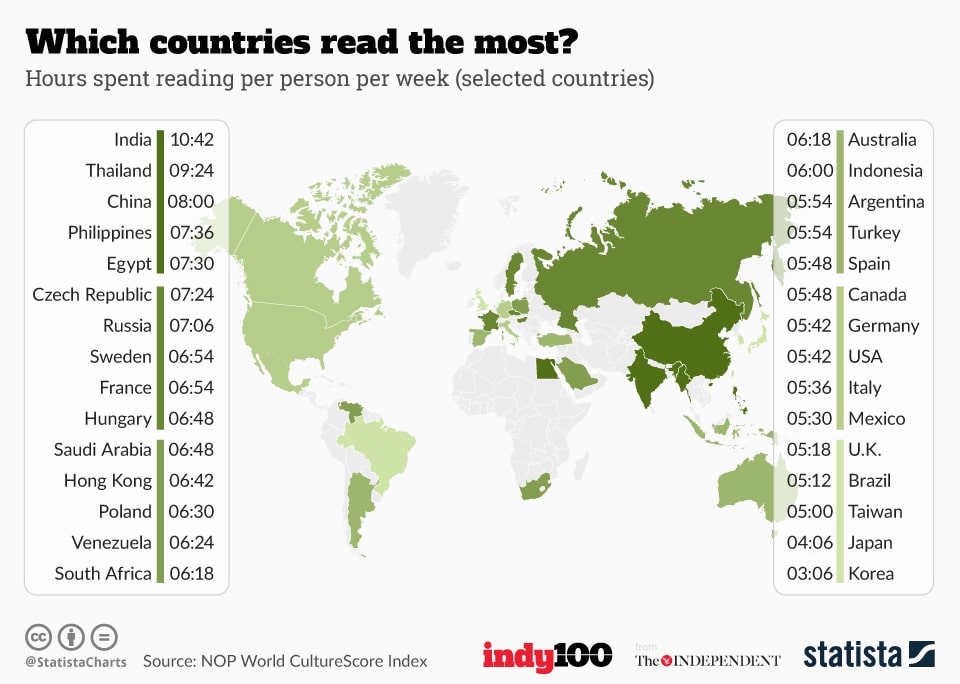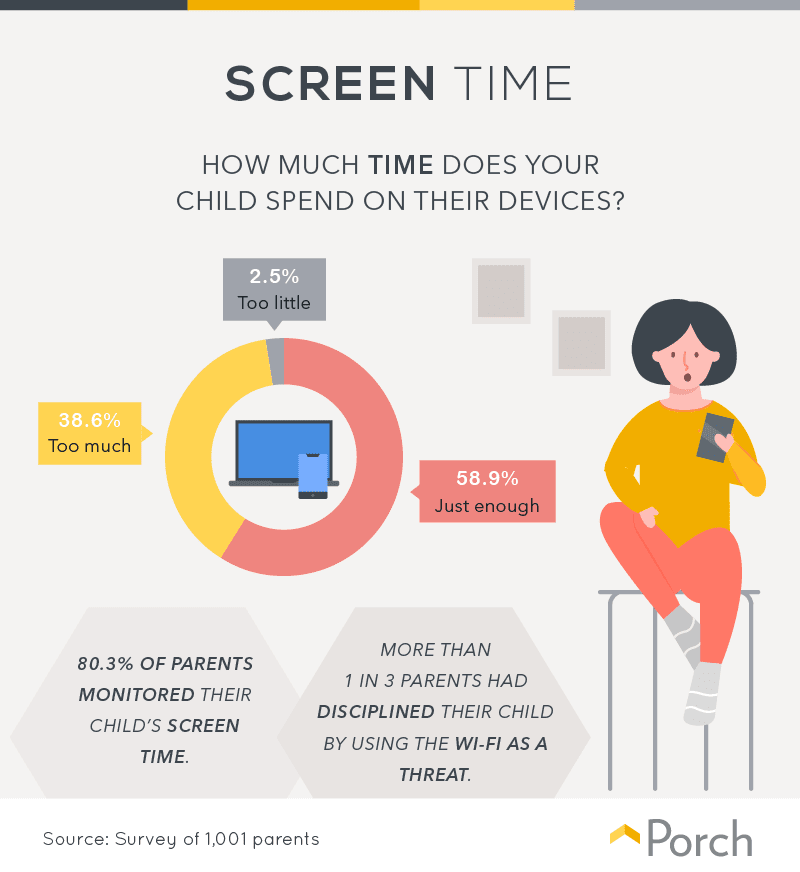The decline in reading for pleasure among children is a growing concern in today’s world. With the rise of digital distractions, from YouTube’s magnetic qualities to gaming on iPads, many children are choosing to spend their free time on screens rather than with books. This trend is particularly worrying because reading for pleasure has been shown to have a positive impact on a child’s cognitive and emotional development. Reading helps children develop their vocabulary, improves their comprehension and critical thinking skills, and can even increase their empathy and emotional intelligence. Additionally, reading for pleasure can also help children develop a love of learning, which can set them up for success in school and in life. However, with the decline in reading for pleasure, children are missing out on these benefits, which can have long-term consequences for their development.
Technology and its impacts on reading
Technology has had both positive and negative impacts on children’s reading. The increased availability and accessibility of reading materials, makes it easier for children to find books that interest them. On the other hand, excessive screen time and exposure to technology can negatively impact children’s reading skills, as it can lead to decreased attention span and decreased motivation to read. Additionally, too much screen time can displace other important activities, such as physical activity, sleep, and face-to-face social interactions, which can also negatively impact children’s overall health and well-being. To mitigate these negative impacts, it’s important for parents and educators to encourage children to balance their technology use with other activities and to prioritise reading in a technology-free environment, such as in bed with a physical book before bedtime.
Ways to develop a child’s love of reading
Below, we outline some key strategies to ensure your child nurtures a love of reading, and how parents and schools can work together to achieve this.
- Model being a reader: Children are often more likely to do what they see their parents doing. Make sure to read books yourself and show your child the value you place on reading. This can be with a physical book, preferably, but good quality reading from a device can inspire a child to ask questions about reading.
- Fun, fun, fun: Children are more likely to be interested in something if it’s enjoyable – the reading around the house and in school must exude fun. Encourage children to read by incorporating it into fun activities such as storytelling, reading aloud, and visiting the library together. Schools are constantly creating new and trendy ways to engage students with books. For example, you can host a ‘Come Read With Me’ in the library at lunchtime or design a Starbucks style area that promotes reading for pleasure in book corners.
- Create a reading-friendly environment: Ensure that your child’s room or play area has plenty of books and a comfortable place to read. – perhaps beanbags and away from distractions. This can be a great way to encourage children to pick up a book and start reading. It also creates an element of ownership and a ‘reading home’ for the child.
- Encourage independent reading: Give children the freedom to choose what they want to read, whether it’s a comic book, a picture book, or a chapter book. This liberation allows the child to develop curiosity and an open-minded approach they will need to discover their favourite genres later in childhood.
- Reward reading: Consider rewarding children for reading, for example, giving them a prize after they finish a certain number of books or taking them on a special outing after they’ve read a certain number of pages. An incentivised approach could play an important role early on as you begin to encourage your child to read. As the enjoyment factor grows, the incentives can become subtler.
- Use technology: Take advantage of technology to encourage reading. There are many great e-books, audiobooks, and reading apps available for children. Exploring the range of reading that your child can access by introducing them to podcasts and picture books will open their eyes to the world of literature in a modern and digital context.
- Get involved: Ask children about the books they’re reading, share your own experiences, and participate in book-related activities together, such as visiting book clubs or writing reviews.
By incorporating these tips into your daily routine, you can help your child develop a lifelong love of reading and all the benefits that come with it.
Schools and parents working together
Schools can connect with parents to help children with reading in a variety of ways. One approach is to regularly communicate with parents about their child’s reading progress and provide them with resources and tips for supporting their child at home. For example, Educater’s Report Writer is the perfect tool to support teachers when producing annual reports. This includes pulling through data from the Assessment Tracker to report on Reading. Alternatively, schools can use the parent communication tool to send messages back to parents when using the EYFS Tiny Tracker.
Schools can also host parent-teacher conferences or workshops focused on reading, where parents can learn about different strategies for promoting reading and ask questions. Additionally, schools can encourage parents to participate in reading-related activities, such as book clubs or reading challenges, that involve both the child and the parent. By actively engaging with parents and involving them in their child’s reading development, schools can foster a supportive and encouraging environment that promotes reading and helps children reach their full potential.
About the author

Andrew Timbrell
Education writer with over a decade of experience in the sector as a teacher and senior leader.












